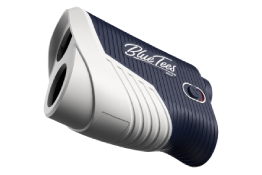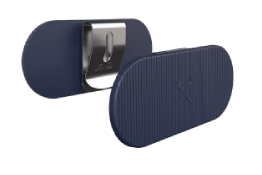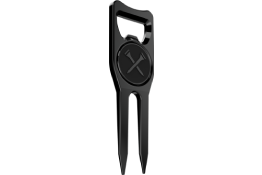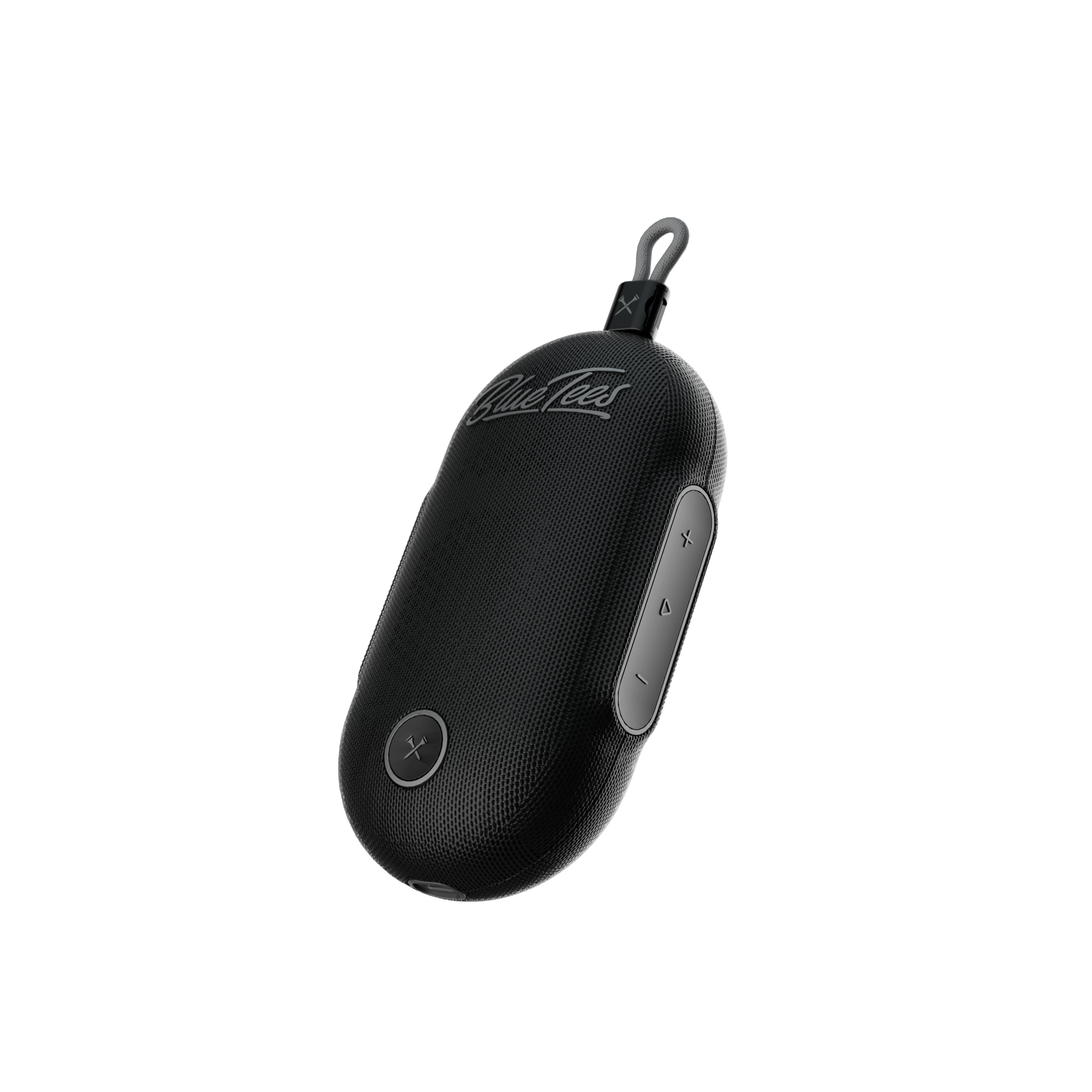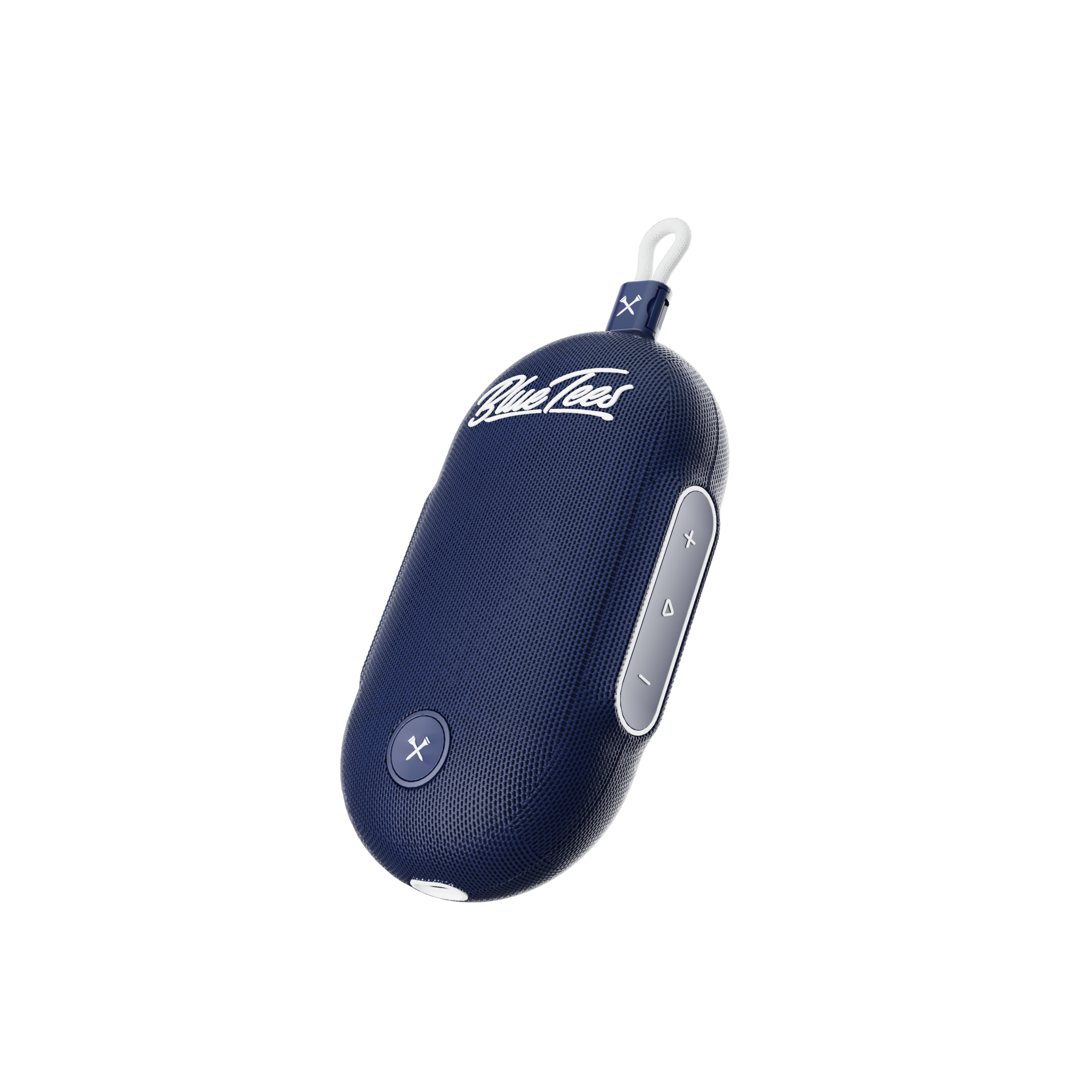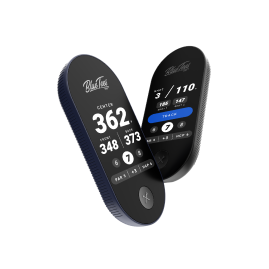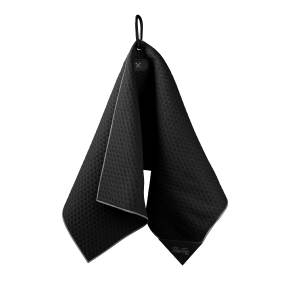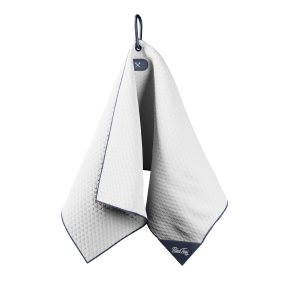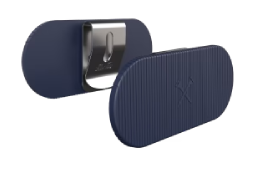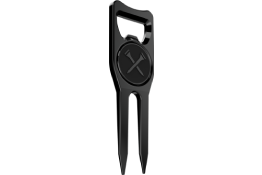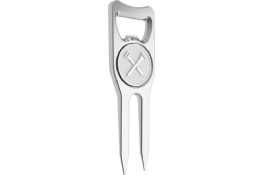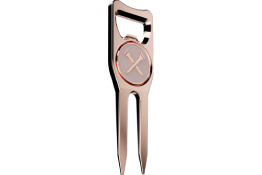3 Tips to get rid of 3-putts
If you’re the average weekend golfer, or any skill level golfer to be honest, double bogeys are absolute round killers. Even PGA TOUR players mention in interviews that the most they’re comfortable with making on a hole is bogey. So how do we get those pesky double squares off your scorecard? Today, I have 3 things that any golfer can do to improve their score and get rid of double bogeys.
- Put the 56 degree back in the bag, let’s use something else.
- The biggest mistake I see my students do, is use their sand wedge or 60 degree in all situations off the green, when the much smarter and easier play would be to use a different club. Right off the green, in the fringe, is no spot to use your SW. Put it back in the bag and grab your pitching wedge or 9 iron. Having a club with lower loft in this situation will allow you to use a putting stroke to hit the ball. This is a more comfortable motion for many golfers, and distance control is much easier. Judging how much a ball will roll out is easier to do compared to landing a ball in an exact spot on the green to make it stop by the hole.
- Let’s get rid of those 3 putts.
- Finding a green in regulation then walking off with bogey is one of the worst feelings in golf - and don’t get me started on finding the green in two on a Par 5 then 3 jacking for par. Putting is where any golfer can improve, but how? Lag putting. Many amatuer golfers have the wrong mind set when it comes to putting, they often think they need to make everything. That is simply not the case. On the PGA TOUR, once the putt is 8 feet, the chance of it going in is already under 50%. When the weekend golfer can truly understand that, then they can start to approach their play on the greens differently.
My favorite drill to get better at lag putting, is grab a hand full of tees and mark out 3 feet from the hole in all directions, making a circle around the cup. Now, choose a spot on the green about 30-40 feet away from the hole. From this spot, just try to get the ball inside the circle - don’t even think about making it. Of course, making a putt from this range is a huge bonus, but we are more concerned about getting that ball to a spot where we know we can make the next one. Now watch those 3 putts fade away from your game.
- Have a plan.
- Over my years of teaching, I’ve noticed one major commonality among amatuer golfers - when they step up to a tee box, they have no idea what they’re going to do. They have no plan. To put this in perspective, do you think PGA TOUR pros play on Tuesday and Wednesday just for fun? No, they are there to scout the course, find the best places to attack from, and create a plan for when it’s time to tee it up on Thursday. But in amatuer golf, players are only there to play and attack the course, they don’t have the privilege of seeing the course before (unless you’re a member or playing your home track and know it like the back of your hand).
For amateurs, this is where rangefinders come in. Having this technology allows any player to step on a tee box and fully understand the hole. What’s the carry over the fairway bunker? When does that water come into play? If I hit driver here will I run out of fairway? All of these questions can be answered when you have a laser.
With this information, now you can implement a plan. Instead of hitting driver that could find the fairway bunker, hit 3-wood. Now that you’re in the fairway, grab your rangefinder again and analyze all the trouble around the green. 120 to the pin, but need to carry the water short that ends at 115? Take the club that goes 125-130 to ensure that you avoid the hazard.
If you don’t have a rangefinder, check out our Series 2 Pro Slope, which even calculates elevation change for you! Find it here.
Golf is complicated, but there are many ways to simplify it. If you can get rid of three putts, be smarter around the greens, and have a plan each time you step on a tee box, your scores will dramatically decrease. Good luck!



